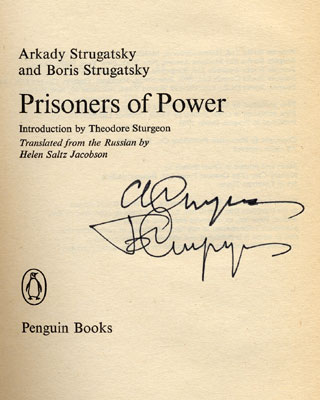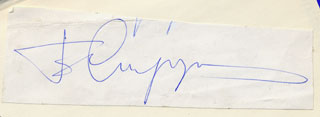When I attended a party thrown by Joel Spolsky at his apartment, I got to browse through his library. Joel’s library was somewhat bigger and better organized than mine, but with a significant overlap: on almost every shelf I encountered at least several books that I already had or had in my wishlist.
Keeping a large library is something that I feel a little guilty about. Living space is precious and books take up a lot of it. One of my livejournal friends told me that he does not keep more than a small bookshelf of books at home (although he reads more than I do). Once he’s done with a book he either sells it at Half Price Books or gives it to a friend or acquaintance.
So why do I keep all the books? Besides the obvious vanity: look how sophisticated and edjumacated I am, there are other, more subtle reasons. When I was little, my father had an even bigger library. It was a great: exploring hundreds of books right at home was a great joy. My bed was located right under a huge bookshelf – if I wanted some bedtime reading all I had to do was to stretch my hand.
Joel put it best that evening: he feels that if somebody would read all the books that he has read, that person would start thinking similarly. A library is a sort of a mind dump, a memex chain. It becomes a part of who you are. Giving my library up would be extremely difficult for me. Call it the collector’s instinct, a fetish – it does not matter. Some poor people just are attached to physical books.
One of the reasons I got a job at TV Guide was because at the time it purchased two most promising eBook companies, NuvoMedia and Softbook. It thought that the electronic revolution would finally happen and we’d be reading from small electronic tablets, like on Star Trek. I do love paper books, but the promise of instant gratification and the library in a chip that was promised to us so long ago was even more tempting.
Sadly, the two companies were deprived of resources and smothered. I still think that the tablet reader is in our near future, and the Sony eInk tablet is a step in the right direction, although I am so displeased with Sony for a number of reasons (about which I’ll rant some other time) that I refuse to buy any of their products. In any case, my former co-worker Martin Eberhard, the founder of NuvoMedia (maker of the more successful and practical RocketBook) is now building awesome electric cars. I really wish I had a chance to interact with him at TVG — I share his fascination with Tesla and world changing technologies.
Since the ebook revolution is not coming any time soon, I finally decided to do something about keeping my books organized and joined LibraryThing. LibraryThing is a great online tool that allows you to create a catalog of your books by either typing in an ISBN number or book title. The interface is super usable. To make cataloging even faster I dug out my good ‘ol CueCat that I “declawed” back in the day. Seeing how crappy it was, I broke down and bought a real usb laser barcode scanner off eBay. It works like a charm – there’s a rotating laser inside and everything. Indeed, you get what you pay for.
I simply scan the barcode (if there’s one) or type in the title, add a tag that contains a shelf number – and that’s it. Now if I need to find a book I can simply search for it and find out which shelf it’s on. I don’t really need a more exact location. So far I’ve entered about 250 books. This covers the kitchen, bathroom and a couple of shelves in the living room. Altogether I have 2 Ikea Billys in the living room, 2 in one bedroom and 3 in another. In my estimation there should be at least 2000 books in my library, although a friend of mine thinks that it’s more like 1000. We’ll see who’s right once I’ll finish the catalog. My friend estimated (conservatively) that I spent about $5 per book, so my books must have cost me $5-10K. I feel kind of like Carrie from Sex and the City who had about $40K worth of Blahniks in her closet.

